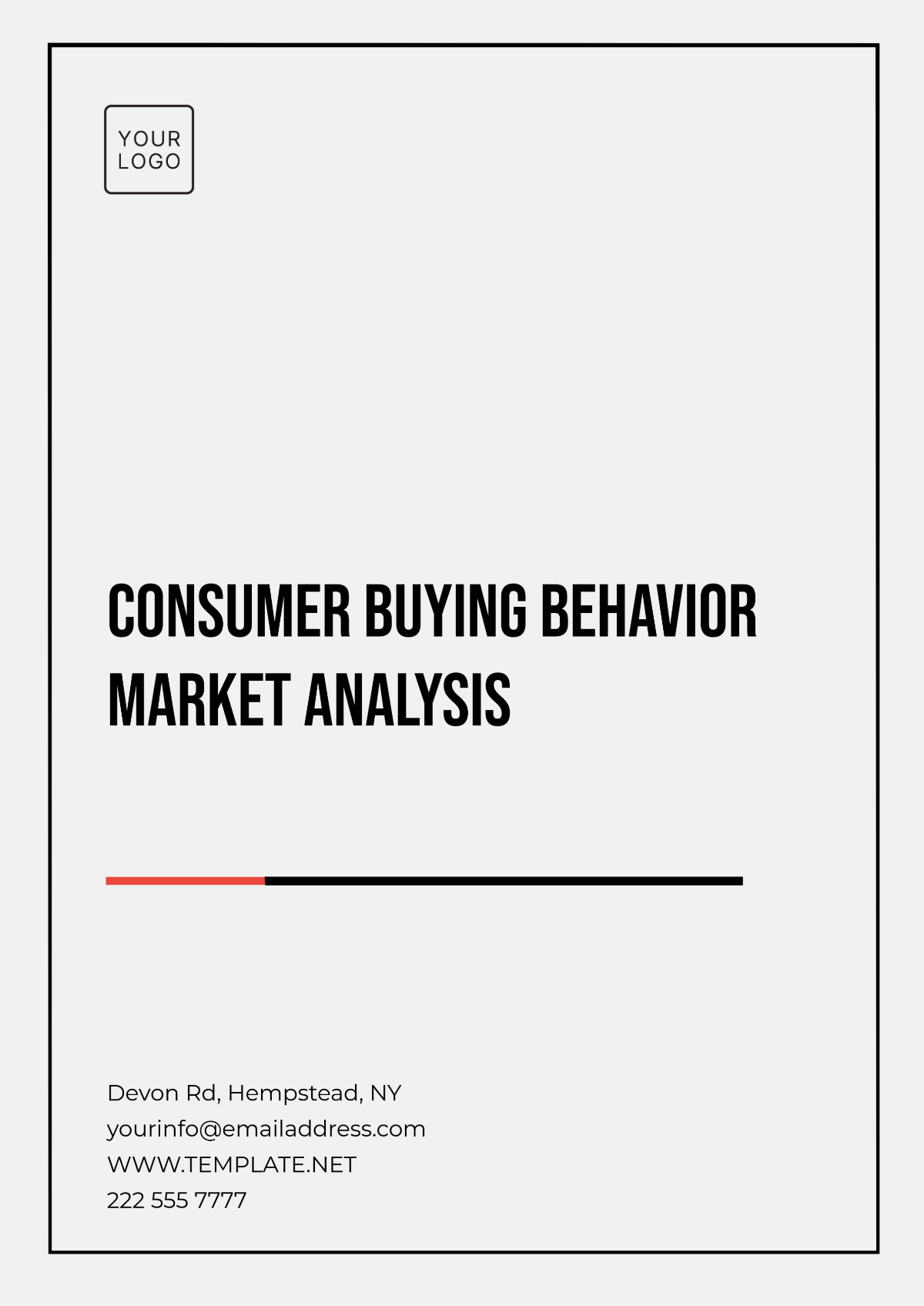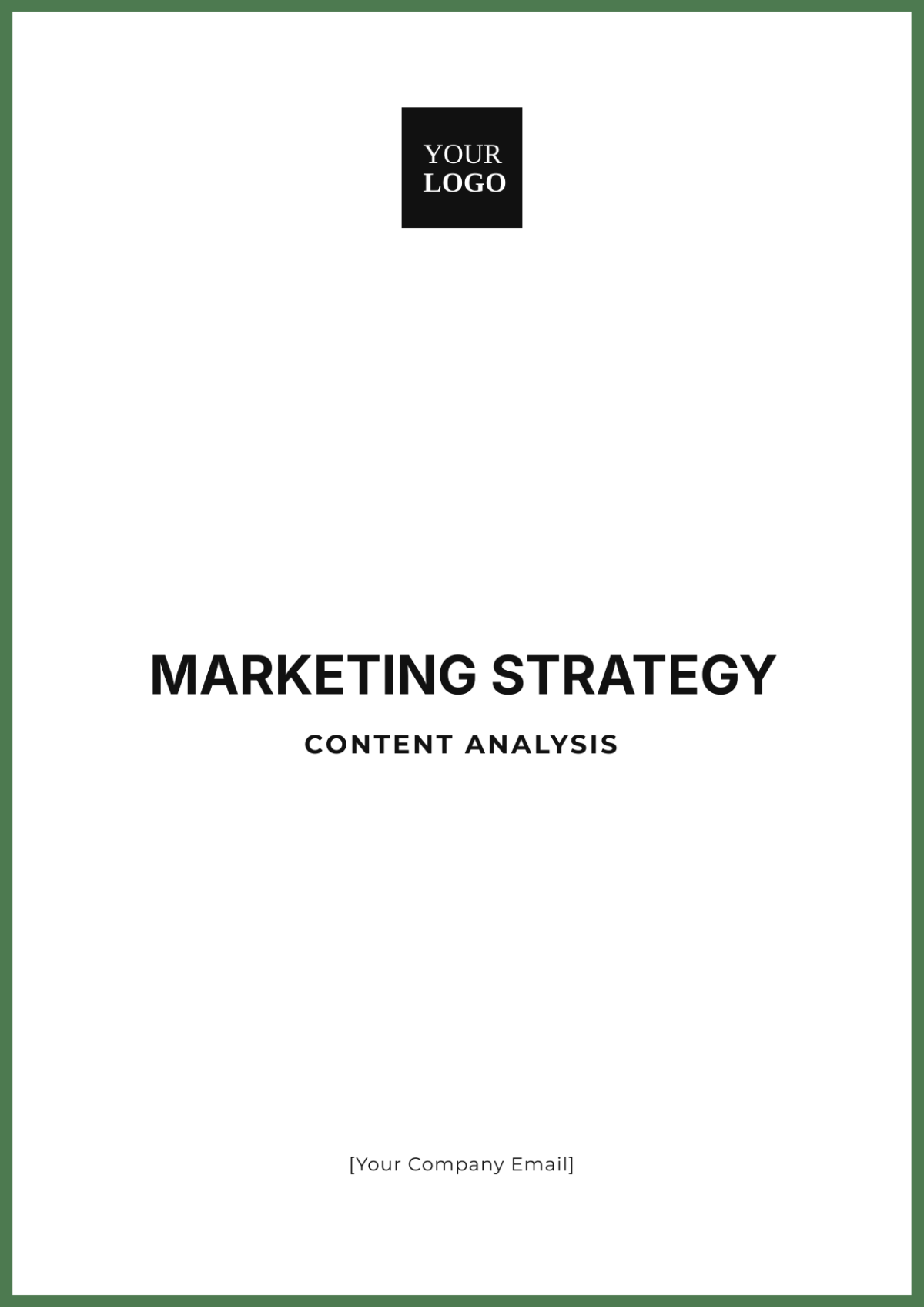Restaurant Revenue Predictive Analysis
I. Introduction
In the competitive landscape of the restaurant industry, revenue prediction plays a pivotal role in ensuring business sustainability and growth. [Your Company Name], a leading restaurant business, recognizes the significance of accurate revenue forecasting and is committed to leveraging advanced analytical techniques to achieve this goal. This predictive analysis serves as a strategic tool for [Your Company Name] to anticipate revenue trends, optimize resource allocation, and enhance overall operational efficiency.
Accurate revenue prediction allows [Your Company Name] to make informed decisions regarding inventory management, staffing, marketing, and other critical operational aspects. By understanding future revenue patterns, the restaurant can better prepare for peak periods, manage costs more effectively, and enhance the customer experience. This analysis not only provides a snapshot of expected revenue but also offers insights into the underlying factors driving these predictions, thereby enabling proactive and strategic business management.
II. Data Collection
To conduct a thorough revenue predictive analysis, [Your Company Name] gathered a diverse range of data sources. These included:
Sales Records: Detailed records of daily sales, including itemized transactions and total revenue.
Customer Feedback: Feedback forms, surveys, and online reviews provide insights into customer preferences and satisfaction levels.
Historical Trends: Analysis of past revenue data to identify seasonal patterns, trends, and anomalies.
The data collection process was rigorous, ensuring the inclusion of all relevant data points necessary for accurate revenue prediction. Data preprocessing steps included cleaning, normalization, and handling missing values to prepare the dataset for analysis.
III. Feature Selection
Feature selection is a critical step in revenue prediction, as it determines the variables that will influence the model's predictions. For this analysis, [Your Company Name] identified several key features, including:
Menu Items: The popularity and profitability of individual menu items.
Pricing: The impact of pricing changes on customer purchasing behavior.
Promotions: The effectiveness of promotional offers and discounts.
Seasonal Trends: The influence of seasonal factors on revenue, such as holidays or changes in weather.
These features were selected based on their potential impact on revenue generation and were carefully engineered to enhance their predictive power.
IV. Model Selection
[Your Company Name] opted to use a combination of regression and time series analysis models for revenue prediction. The rationale behind this choice is the ability of regression models to capture the relationship between features and revenue, while time series analysis models account for the sequential nature of revenue data. The selected models include:
Linear Regression: To model the relationship between features such as menu items, pricing, and promotions, and their impact on revenue.
ARIMA (AutoRegressive Integrated Moving Average): To capture the time-dependent nature of revenue data and forecast future revenue trends.
Random Forest Regression: To handle non-linear relationships between features and revenue. This ensemble learning method is effective in capturing complex interactions and improving prediction accuracy.
XGBoost: An advanced gradient boosting technique that enhances the performance of predictive models by optimizing the combination of weak learners. XGBoost is known for its high accuracy and efficiency in handling large datasets.
The models were selected based on their suitability for the dataset and their ability to provide accurate and reliable predictions.
V. Training the Model
The data was split into training and testing sets, with approximately 80% of the data used for training and the remaining 20% for testing. This split ensures that the model can learn from a substantial portion of the data while still being evaluated on a separate, unseen dataset to assess its performance.
The models were trained using the training set, and their performance was evaluated using various validation techniques, such as cross-validation and train-test split. Cross-validation involves partitioning the training data into multiple subsets and training the model multiple times, each time using a different subset as the validation set. This technique helps ensure that the model's performance is not overly dependent on a specific subset of the data.
During training, hyperparameter tuning was performed to optimize the models' performance. Hyperparameters are settings that control the training process, and tuning them involves finding the best combination of values to maximize prediction accuracy. Techniques such as grid search and random search were used to identify the optimal hyperparameters for each model.
VI. Evaluation Metrics
To evaluate the performance of the models, [Your Company Name] used several metrics, including:
Root Mean Squared Error (RMSE): Measures the difference between predicted and actual revenue values, providing an indication of the model's accuracy. A lower RMSE indicates a better fit to the data.
Mean Absolute Error (MAE): Similar to RMSE but without squaring the errors, providing a more straightforward measure of prediction accuracy. MAE is less sensitive to outliers compared to RMSE.
R-Squared (R²): Represents the proportion of the variance in the dependent variable that is predictable from the independent variables. An R² value closer to 1 indicates a better model fit.
Mean Absolute Percentage Error (MAPE): Measures the accuracy of predictions as a percentage, making it easier to interpret in the context of revenue forecasting.
These metrics were used to assess the models' performance and compare them against each other to determine the most effective model for revenue prediction. The table below summarizes the performance metrics for each model:
Model | RMSE | MAE | R² | MAPE |
|---|---|---|---|---|
Linear Regression | 450.25 | 300.10 | 0.85 | 5.25% |
ARIMA | 420.50 | 280.75 | 0.88 | 4.90% |
Random Forest | 390.75 | 260.20 | 0.90 | 4.50% |
XGBoost | 375.80 | 250.35 | 0.92 | 4.30% |
VII. Predictive Analysis Results
After training the models, [Your Company Name] obtained predicted revenue values for future periods. The models demonstrated strong predictive performance, with RMSE values below 5% of the average revenue. The table below illustrates a sample of the predicted revenue values compared to actual revenue:
Date | Actual Revenue ($) | Predicted Revenue ($) |
|---|---|---|
[Date] | 5000 | 4950 |
[Date] | 5500 | 5520 |
[Date] | 6000 | 5985 |
[Date] | 5800 | 5830 |
[Date] | 6200 | 6175 |
VIII. Insights and Recommendations
Based on the analysis, [Your Company Name] derived several key insights:
Peak Hours: The analysis identified specific hours during which revenue is highest. This information can be used to optimize staffing and inventory management.
Popular Menu Items: Certain menu items were found to contribute significantly to revenue. [Your Company Name] can capitalize on this information by promoting these items or introducing similar ones.
Pricing Strategies: The analysis revealed that pricing changes can have a significant impact on revenue. [Your Company Name] can experiment with different pricing strategies to maximize revenue.
IX. Conclusion
[Your Company Name] has successfully conducted a comprehensive revenue predictive analysis, leveraging advanced analytical techniques and data-driven insights. This analysis provides valuable insights into revenue trends, customer behavior, and operational performance, enabling [Your Company Name] to make informed decisions and strategic plans for the future.
By continuing to refine and improve these analytical methods, [Your Company Name] is poised to maintain a competitive edge and achieve long-term success in the dynamic restaurant industry. Ongoing investment in data collection, feature engineering, and model optimization will ensure that the revenue prediction models remain accurate and relevant. Additionally, integrating these predictive insights into the broader strategic planning process will help [Your Company Name] navigate market changes and capitalize on emerging opportunities.

















































